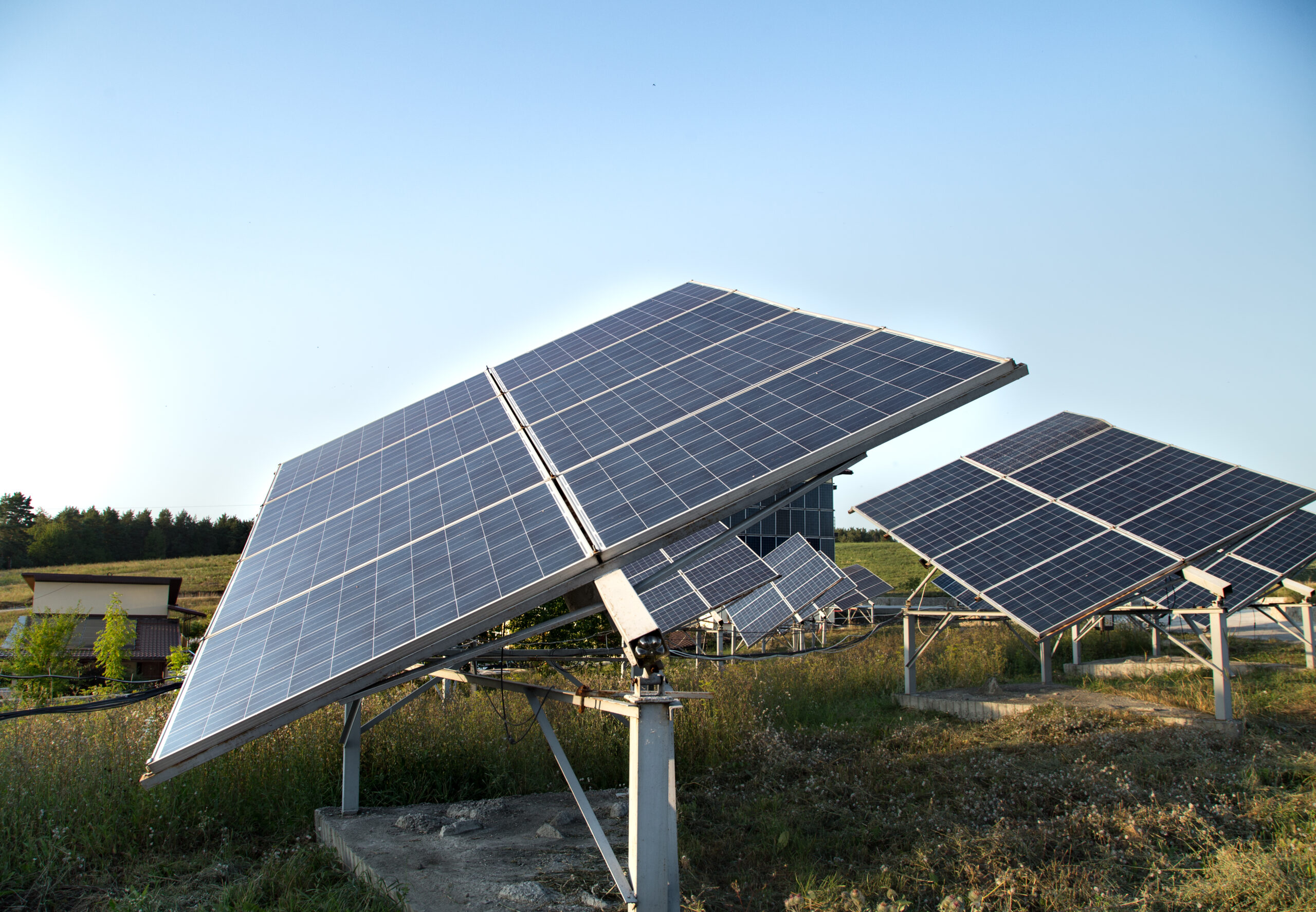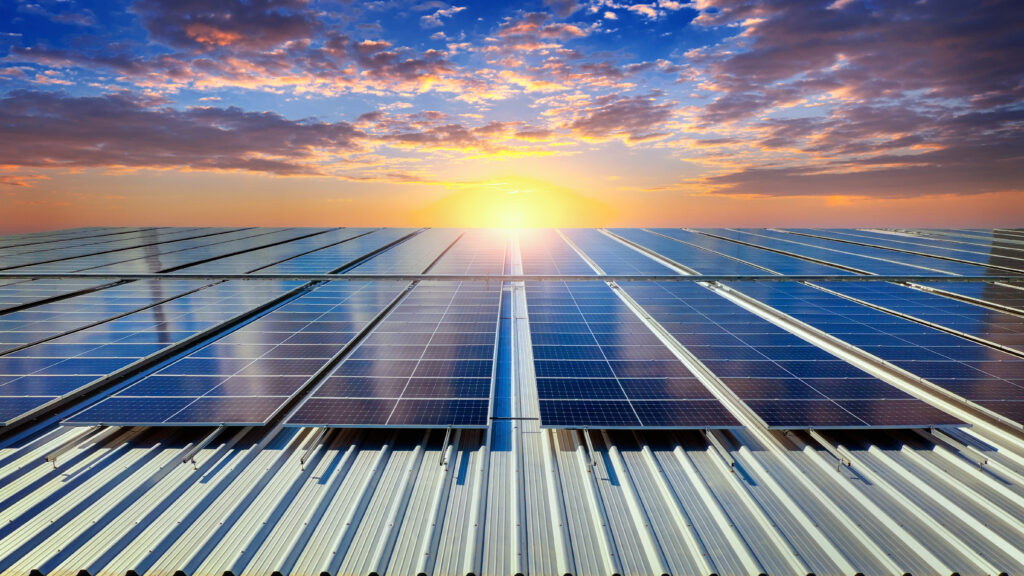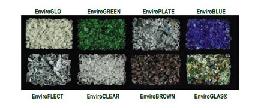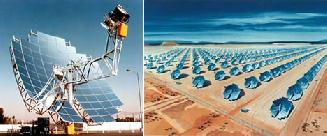With electricity prices climbing and battery technology advancing rapidly, many Australians are considering hybrid solar systems – a setup that combines traditional grid-connected solar with battery storage.
But with the added upfront cost of a battery, is a hybrid solar system really worth it? Or are you better off sticking with a regular grid-tied solar setup?
We consulted the experts over at Townsville Solar Panel Solutions to get a better idea of the trade-offs. Let’s break it down!
What Is a Hybrid Solar System?
A hybrid solar system combines three key components to deliver flexible, reliable energy:
- Solar panels that generate electricity from the sun
- A battery to store excess solar energy for later use (like at night or during power outages)
- A grid connection that allows you to draw electricity when needed or export unused solar power back into the network
In simple terms, hybrid systems offer the best of both worlds: the energy independence of solar and battery storage, with the reliability of grid power as a backup.
How Is It Different from a Standard Solar System?
| Feature | Standard Grid-Tied | Hybrid System |
| Battery | ❌ No | ✅ Yes |
| Night-time Power | ❌ Uses grid | ✅ Uses stored solar |
| Works in Blackouts | ❌ No | ✅ Usually (if set up for backup) |
| Cost | 💲 Lower | 💲💲 Higher |
Standard solar systems send any unused electricity straight to the grid and rely on grid power at night or during cloudy periods. In contrast, hybrid systems store that surplus in a battery, so you can tap into it when the sun isn’t shining.

Benefits of a Hybrid Solar System
✅ Lower Power Bills
Because you’re using more of your self-generated energy — including at night — you can significantly reduce how much electricity you buy from the grid. Over time, this can lead to major savings.
✅Protection from Blackouts
If your hybrid system is configured for backup (not all are by default), it can keep essential appliances like your fridge, lights, or internet modem running when the power goes out. This is especially useful in areas prone to storms or grid instability.
✅ Energy Independence
Hybrid solar gives you more control over how and when you use electricity. You’re less affected by rising electricity prices or changes in feed-in tariffs, which many Australian states have been reducing.
✅ Maximised Solar Usage
Instead of exporting extra power for a few cents per kilowatt-hour, you store it for later — which often delivers more value per unit of energy produced.
But What’s the Catch?
❌Higher Upfront Cost
Batteries are still relatively expensive. Adding one to your system can cost anywhere from $5,000 to $15,000, depending on size and brand. That increases your total system cost and can stretch the payback period to 8–12 years or more..
❌Not All Batteries Are Equal
Battery lifespan, capacity, and performance vary. Cheap batteries may degrade faster, meaning reduced storage after just a few years. Reputable brands like Tesla Powerwall, Sonnen, or LG Chem offer longer warranties and better reliability, but they come at a higher price.
❌More Complex Installation
Hybrid systems require a hybrid-compatible inverter, a battery management system, and potentially extra wiring for blackout protection. That means the installation is more technical and may take longer — and not every installer is qualified for hybrid setups.
So… Are They Worth It?
It depends on your goals and lifestyle. Hybrid systems aren’t for everyone — but in the right situation, they can be a smart investment.
You’ll get the most value from a hybrid system if:
- ✅ You use a lot of power in the evening (e.g., family at home after 5 PM)
- ✅ You live in an area prone to blackouts
- ✅ Your energy provider offers low feed-in tariffs, making battery storage more cost-effective
- ✅ You’re planning to stay in your home long-term, giving the system time to pay for itself
If your main goal is quick savings, a standard grid-tied solar system still offers the fastest return on investment. But if you want long-term stability, resilience, and control, hybrid systems are definitely worth considering.
A Word on Virtual Power Plants (VPPs)
Virtual Power Plants (VPPs) are emerging as a smart way to improve the return on your hybrid solar system. When you join a VPP, your energy provider remotely accesses your battery to send power back to the grid during peak demand — and pays you for it.
Why it matters:
- You contribute to grid stability
- You earn extra income from your battery
- It helps shorten your battery payback time
Real-world example:
Some Australians earn between $400 and $1,000 per year by participating in a VPP, depending on the program and battery size. Providers like AGL, Origin, Amber, and others are rolling out VPPs in metro and regional areas alike.
Final Thoughts
A hybrid solar system offers a smart, flexible, and future-ready energy solution — combining solar panels, battery storage, and grid connectivity for maximum benefits.
While the upfront cost is higher, the long-term advantages — like blackout protection, lower bills, and energy independence — make it a compelling choice for many Australian households.
Need Help Deciding?
At GoSolarQuotes, we make the process simple. We connect you with trusted local solar installers who can quote on both standard and hybrid systems, so you can compare your options and choose what’s right for your home – all at no cost to you.




